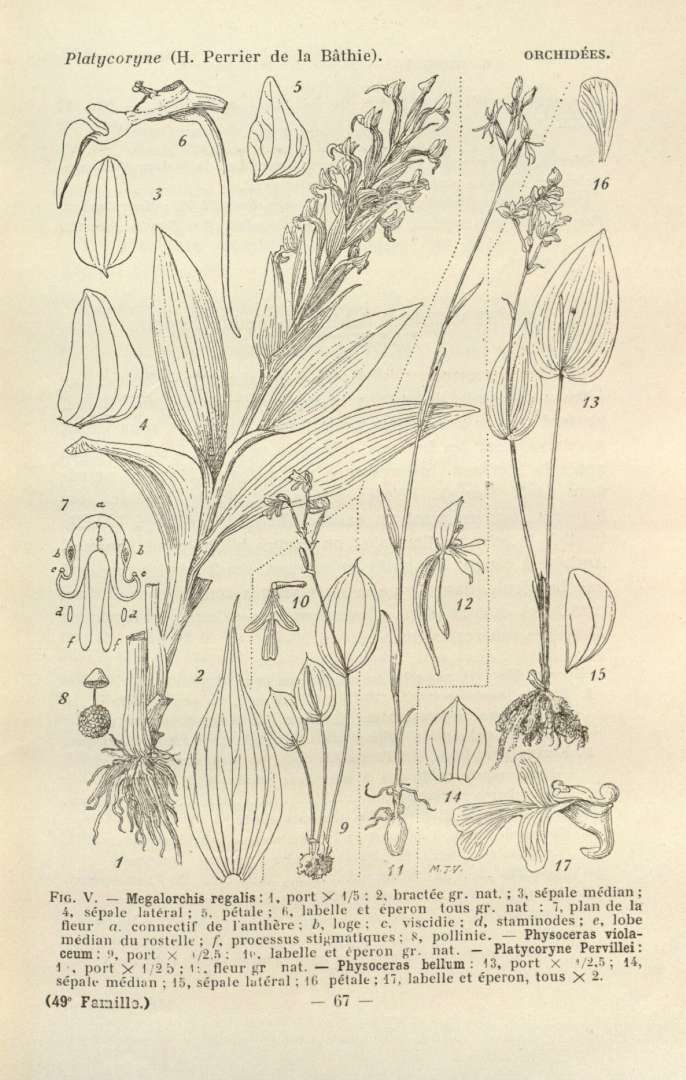|
Micronychia Tsiramiramy
''Micronychia tsiramiramy'' is a species of flowering plant in the family Anacardiaceae, native to Madagascar. It can be found growing up to above sea level, usually in the southeast of the island. References Anacardiaceae Endemic flora of Madagascar Plants described in 1944 Taxa named by Joseph Marie Henry Alfred Perrier de la Bâthie {{Anacardiaceae-stub ... [...More Info...] [...Related Items...] OR: [Wikipedia] [Google] [Baidu] |
Joseph Marie Henry Alfred Perrier De La Bâthie
Joseph Marie Henry Alfred Perrier de la Bâthie (11 August 1873 – 2 October 1958) was a French botanist who specialized in the plants of Madagascar. He is the nephew of Eugène Pierre Perrier de la Bâthie, (1825-1916), another botanist, who also collected plants with him. He delineated the two chief floristic provinces of Madagascar (''see'' Ecoregions of Madagascar). Some of his works include ''La végétation malgache'' (1921), ''Biogéographie de plantes de Madagascar'' (1936), and numerous volumes of the serie''Flore de Madagascar et des Comores''(1946-1952). Honours The orchid genus '' Neobathiea'' (originally ''Bathiea'') was named in his honor, as was the indriid lemur Perrier's sifaka (''Propithecus perrieri''). He has other plant genera named in his honour. Such as in 1905, botanist Lucien Désiré Joseph Courchet published ''Perriera'', a genus of flowering plants from Madagascar, belonging to the family Simaroubaceae. Then in 1915, botanist Hochr. published ''Pe ... [...More Info...] [...Related Items...] OR: [Wikipedia] [Google] [Baidu] |
Anacardiaceae
The Anacardiaceae, commonly known as the cashew family or sumac family, are a family of flowering plants, including about 83 genera with about 860 known species. Members of the Anacardiaceae bear fruits that are drupes and in some cases produce urushiol, an irritant. The Anacardiaceae include numerous genera, several of which are economically important, notably cashew (in the type genus ''Anacardium''), mango, Chinese lacquer tree, yellow mombin, Peruvian pepper, poison ivy, poison oak, sumac, smoke tree, marula and cuachalalate. The genus ''Pistacia'' (which includes the pistachio and mastic tree) is now included, but was previously placed in its own family, the Pistaciaceae. Description Trees or shrubs, each has inconspicuous flowers and resinous or milky sap that may be highly poisonous, as in black poisonwood and sometimes foul-smelling. Natural System of Botany (1831)pages 125-127/ref> Resin canals located in the inner fibrous bark of the fibrovascular syst ... [...More Info...] [...Related Items...] OR: [Wikipedia] [Google] [Baidu] |
Endemic Flora Of Madagascar
Endemism is the state of a species being found in a single defined geographic location, such as an island, state, nation, country or other defined zone; organisms that are indigenous to a place are not endemic to it if they are also found elsewhere. For example, the Cape sugarbird is found exclusively in southwestern South Africa and is therefore said to be ''endemic'' to that particular part of the world. An endemic species can be also be referred to as an ''endemism'' or in scientific literature as an ''endemite''. For example '' Cytisus aeolicus'' is an endemite of the Italian flora. '' Adzharia renschi'' was once believed to be an endemite of the Caucasus, but it was later discovered to be a non-indigenous species from South America belonging to a different genus. The extreme opposite of an endemic species is one with a cosmopolitan distribution, having a global or widespread range. A rare alternative term for a species that is endemic is "precinctive", which applies to ... [...More Info...] [...Related Items...] OR: [Wikipedia] [Google] [Baidu] |
Plants Described In 1944
Plants are predominantly photosynthetic eukaryotes of the kingdom Plantae. Historically, the plant kingdom encompassed all living things that were not animals, and included algae and fungi; however, all current definitions of Plantae exclude the fungi and some algae, as well as the prokaryotes (the archaea and bacteria). By one definition, plants form the clade Viridiplantae (Latin name for "green plants") which is sister of the Glaucophyta, and consists of the green algae and Embryophyta (land plants). The latter includes the flowering plants, conifers and other gymnosperms, ferns and their allies, hornworts, liverworts, and mosses. Most plants are multicellular organisms. Green plants obtain most of their energy from sunlight via photosynthesis by primary chloroplasts that are derived from endosymbiosis with cyanobacteria. Their chloroplasts contain chlorophylls a and b, which gives them their green color. Some plants are parasitic or mycotrophic and have lost the ability t ... [...More Info...] [...Related Items...] OR: [Wikipedia] [Google] [Baidu] |

_langs_de_weg_bij_Ragas_aan_de_baai_van_Banten_TMnr_10012892.jpg)
.jpg)
